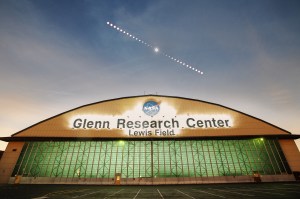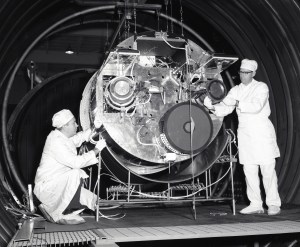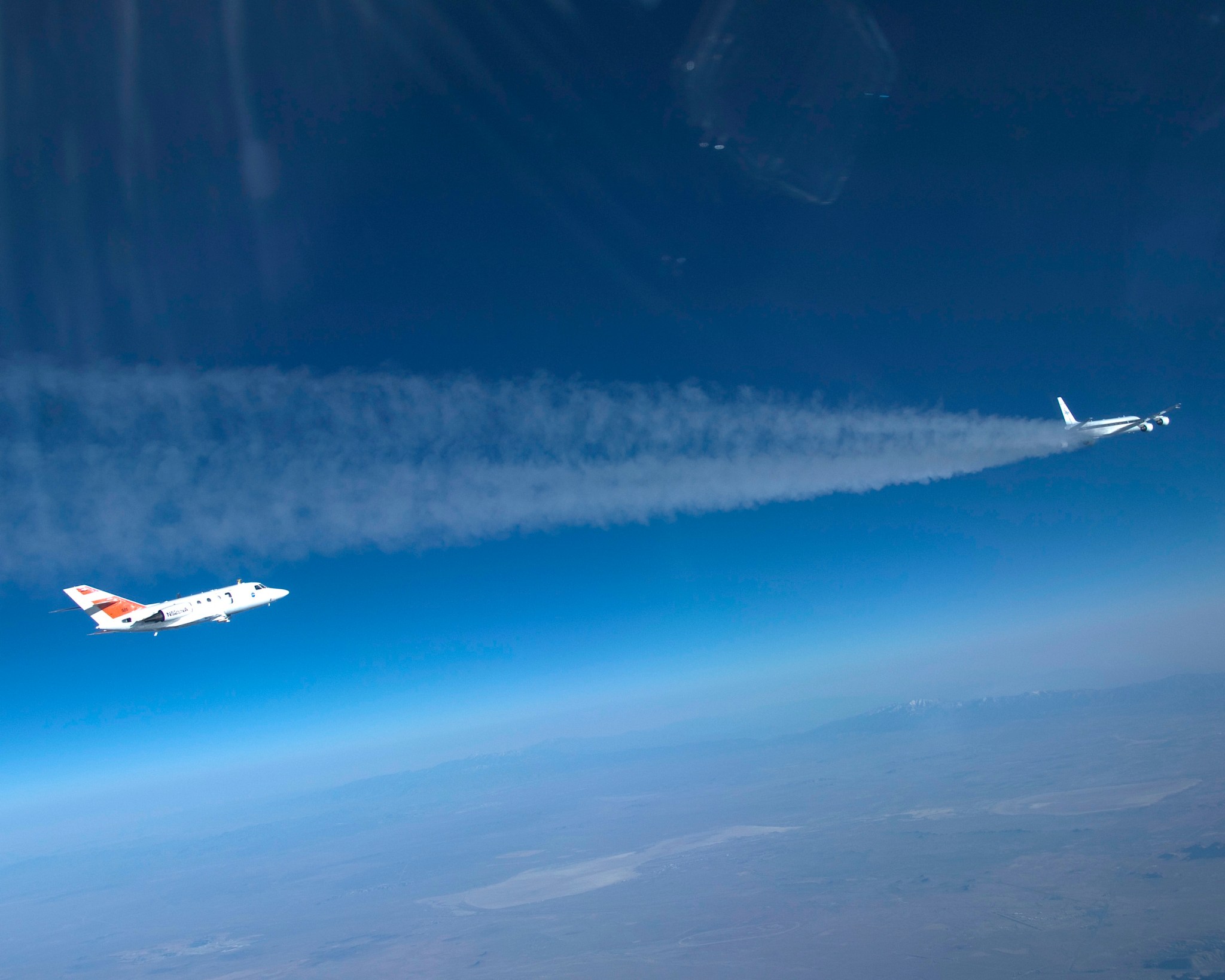
It’s the season for sequels. Not only in Hollywood, but over the high desert of California as well.
For the second time in as many years, NASA researchers beginning in early May will take to the skies with a DC-8 and other aircraft to conduct a series of flight tests designed to study the effects on emissions and contrail formation of burning alternative fuels in jet engines.
And just like a good movie sequel, this year’s Alternative Fuel Effects on Contrails and Cruise Emissions flight tests, known as ACCESS II for short, will feature a number of new plot twists to keep the research story interesting and moving forward.
Among them are new science instruments, new flight profiles to follow and a decidedly new international flavor to the effort thanks to the direct participation of research aircraft and scientists from Germany and Canada.
“We’re going to have quite a few people speaking German. We’ll have some Canadians present and the pilot for the Canadian aircraft is Australian, so it should be a real international crowd out there,” said Brian Beaton, NASA’s ACCESS II integration manager.
ACCESS II involves flying NASA’s workhorse DC-8 as high as 40,000 feet while its four CFM56 engines burn either JP-8 jet fuel, or a 50-50 blend of JP-8 and renewable alternative fuel of hydro processed esters and fatty acids produced from camelina plant oil.
Meanwhile, a trio of instrumented research aircraft will take turns flying behind the DC-8 at distances ranging from 300 feet to more than 10 miles in order to take measurements on emissions, and to study contrail formation as the different fuels are used.
The aircraft will include NASA’s HU-25C Guardian jet based at NASA’s Langley Research Center in Virginia, a Falcon 20-E5 jet owned by the German Aerospace Center, and a CT-133 jet provided by the National Research Council of Canada.
“We are excited to be working with our international partners in this very important research that could lead to worldwide environmental benefits and enable the growth in global air travel forecast for the decades ahead,” said Ruben Del Rosario, manager of NASA’s Fixed Wing Project.
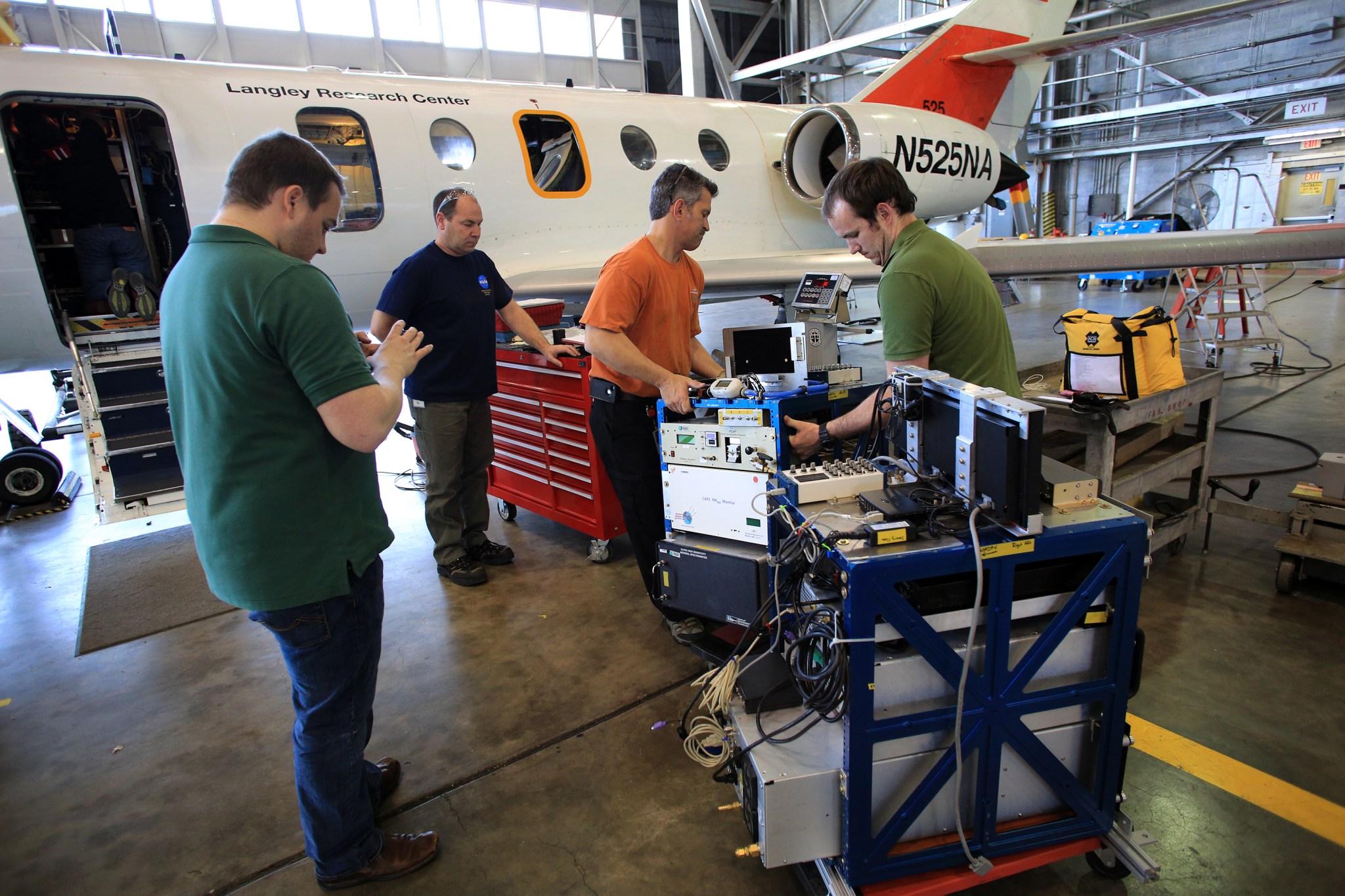
The Story so Far
Measurements taken during ACCESS I in 2013 of the burned blended fuel showed soot emissions were reduced by 40 to 60 percent compared to JP-8 fuel by itself, according to Bruce Anderson, NASA’s principal investigator for the ACCESS program.
“We saw big changes in soot emissions from the DC-8, but we weren’t able to make clear ties between the type of fuel burned and formation of contrails. So for ACCESS II we really want to dig into that,” Anderson said.
Understanding more about contrail formation is important because they are considered an essential variable in discussions about climate change.
While it is known that contrails are ice particles that form when water vapor from jet exhaust condenses and freezes on some source of nuclei, there are a number of different models to suggest what the source of the nuclei might be, Anderson said.
The source could be soot from the jet engine exhaust, so the use of alternate fuels might reduce contrail formation. The source could be from the sulfur that is present in jet fuels, so a low-sulfur or non-sulfur fuel might make a difference. And still other models suggest that just the presence of normal background aerosols in the atmosphere is enough to trigger contrails.
“It could be any or all of those things. Some people say there’s so much water vapor in the exhaust of an aircraft that any particles at all will seed the formation of ice,” Anderson said.
To help test at least one of those possibilities, for ACCESS II the DC-8 will fly with both a low sulfur and high sulfur grade of JP-8 jet fuel.
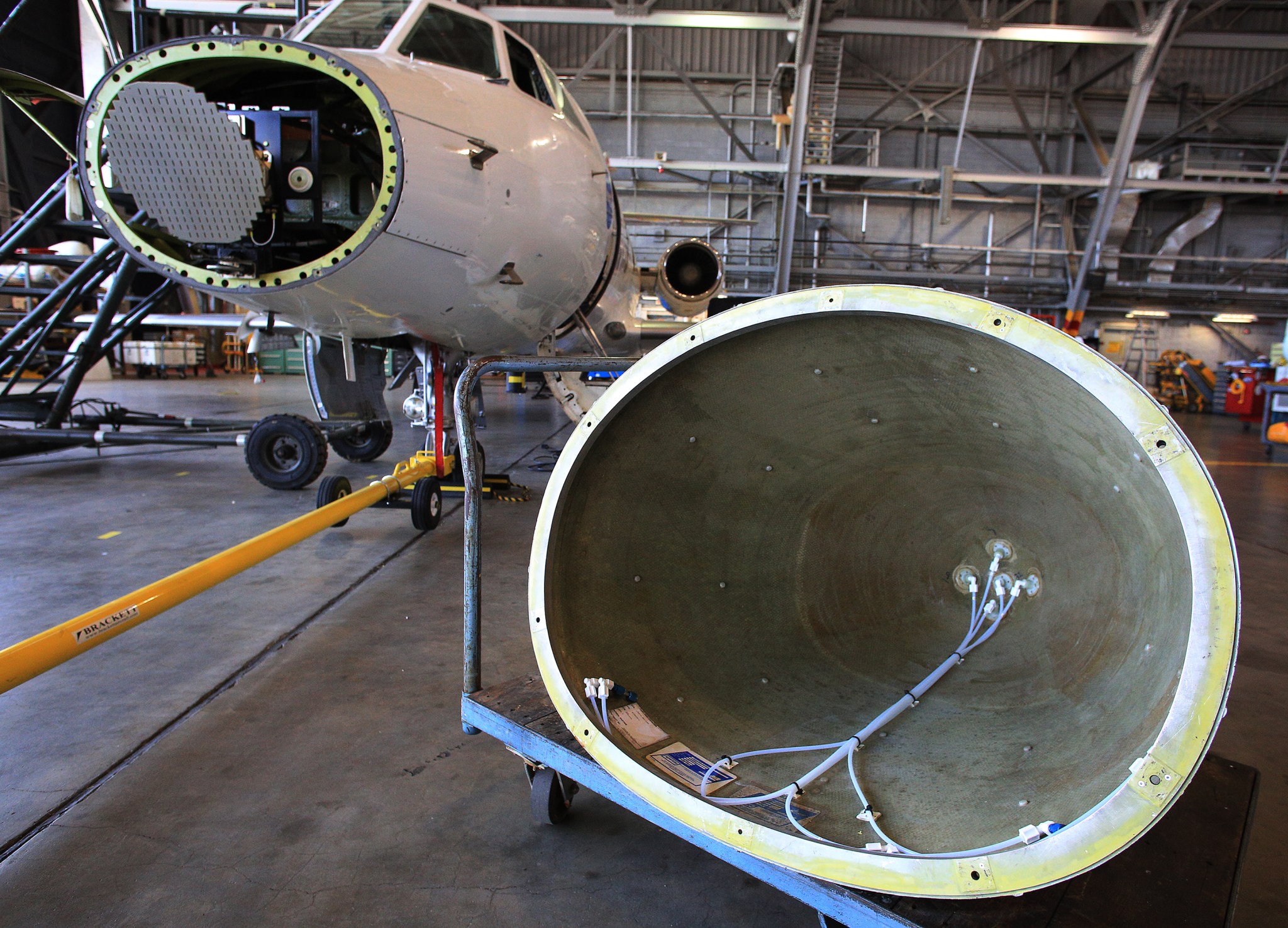
A New Twist
Another significant addition to this year’s ACCESS II, as compared to the original in 2013, is the plan to fly the research aircraft into the turbulent, twisting air that streams for miles behind the DC-8’s wingtips.
“Before, it was a mission rule to avoid flying into the wingtip wake vortices because of the potential structural hazards for the research chase plane that accompany this,” Beaton said.
To safely relax this rule, NASA performed detailed studies of the DC-8 wake vortices at various altitudes and flight conditions with the Guardian following at close in trail.
Extensive analysis and computer simulations were run to provide the pilots with guidance in selecting trailing distances where it’s safe to fly through the vortices – which occur with every aircraft — to collect observations of exhaust composition and contrail characteristics.
The analyses suggest that at 14 miles separation, the HU-25C Guardian can cross the DC-8’s wake vortices and expect a roller-coaster kind of ride, but with no danger of airframe damage.
“Our goal is to not do aerobatics,” Beaton said.
Instead, the goal is to collect data and sample the number particles and amount of carbon dioxide trapped within the vortices and compare that to the amount of fuel burned.
Instruments aboard the German Falcon 20 will pay particular attention to the chemistry at play, while the Canadian CT-133’s research emphasis will be on the aerodynamics and physics of the wingtip wake vortices themselves – data that will complement the measurements NASA’s Guardian is to record, Anderson said.
End Credits
As in the original ACCESS flown during 2013, the ACCESS II flights will be staged from NASA’s Armstrong Aircraft Operations Facility in Palmdale, Calif., and mostly take place within restricted airspace near Edwards Air Force Base, Calif.
Also, if weather conditions permit, NASA’s Guardian jet will take advantage of “targets of opportunity” and – in coordination with air traffic controllers and airliner pilots – take measurements while trailing airliners flying in the Southern California region from a safe distance of five miles or more.
ACCESS follows a pair of Alternative Aviation Fuel Experiment studies conducted in 2009 and 2011 in which ground-based instruments measured the DC-8’s exhaust emissions as the aircraft burned alternative fuels while remaining parked on the ramp at the Palmdale facility.
Within NASA, ACCESS II is a joint project involving researchers at Armstrong, Langley, and the Glenn Research Center in Cleveland. The research supports NASA aeronautics’ strategic vision, which has as a goal to enable transition of industry to low-carbon fuels and alternative propulsion systems.
As part of the international team involved with this research, NASA will share its findings with the 24 member nations that make up the International Forum for Aviation Research, which NASA currently chairs.


























